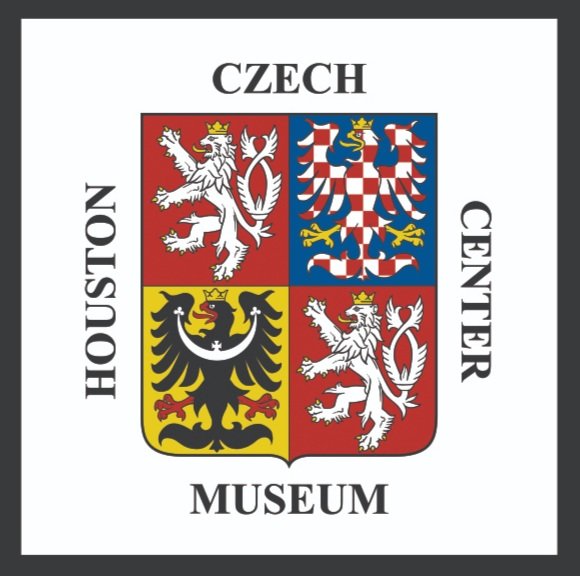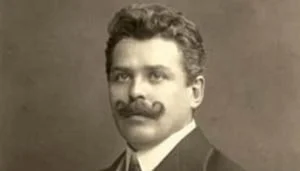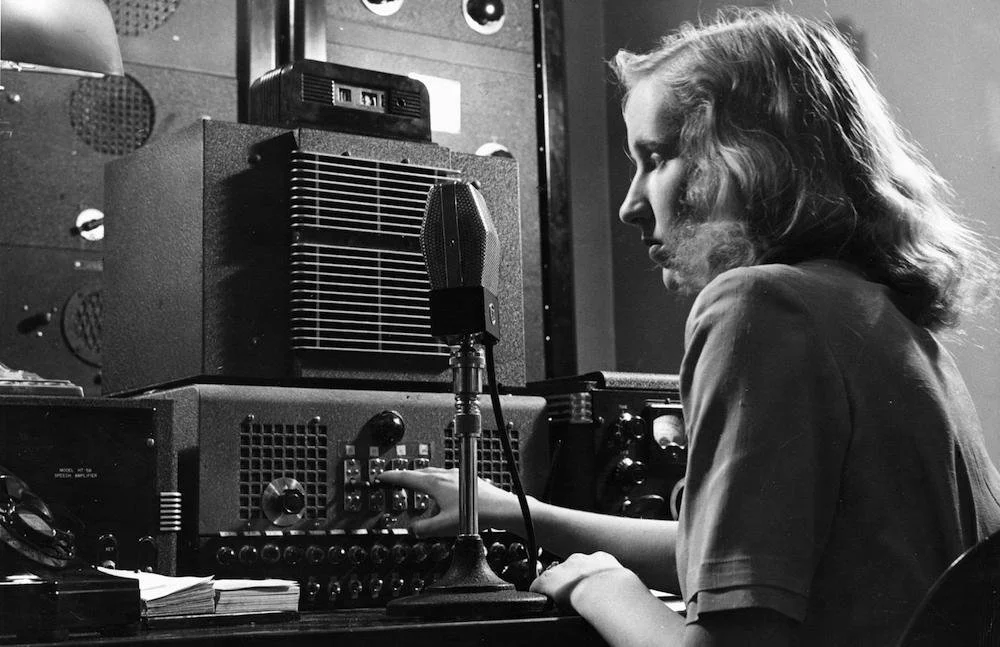іХ±рДЌ±р°щІФѕ±ДЌ±р°м is a late-night children’s program broadcasted in Czechoslovakia, the Czech Republic, and Slovakia. With generations of children, it has immense cultural and nostalgic value. This program has made stars out of many of the cartoons, including the famous mole, Krtek. Due to the timeslot it would broadcast on, іХ±рДЌ±р°щІФѕ±ДЌ±р°м became a staple of the bedtime routine.
History of Czech Poetry Works
The history of Czech poetry goes as far back as the 9th century. It begins with the works of Saints Cyril and Methodius, who translated texts in the bible from Greek to Old Church Slavic, a language in which the first Czech poems were written. Since then, Czech poetry continued to flourish, even when the chosen languages of the Czechs continued to face challenges throughout the centuries. The apparent culmination of Czech poetic culture is of a poem, ІСГЎВб, written by Karel Hynek ІСГЎі¦іуІ№.
JiЕ™Г Trnka: The Father of Czech Cinema
The so-called “Walt Disney of Eastern Europe,” Jiřà Trnka began his career as an illustrator, his life soon culminating into sophisticated puppetry on film. His usual subject matter involved his puppeted takes on classic fairy tales and tales he crafted which feature profound narratives, some of which satirized his own government. His career culminated in his film The Hand, where the importance of the hand is placed above all else.
Sculptures in the Czech Republic
Labor Camp Rediscovered in the Shadow of Stalin
As of 2021, the remains of Stalin’s regime linger in the now-Czech Republic. Although the Stalin Monument in Prague was removed in 1962, over 50 years later the labor camp emerged from the shadows of the monument. It was through another archeological search for bastion fortifications that the labor camp remains were discovered.
Frantisek Kupka: Orphism
Bohemian artist Frantisek Kupka is the forefront mind behind the art form of Orphism. Orphism focuses on color and abstraction, similar to Cubism but also an “evolution” where abstract shapes are given precedence in contrast to solid, known geometric shapes. There are many examples of Orphism to see, spanning many years.
ZvГkov Castle
ZvГkov Castle is one of many Bohemian structures to stand the test of time, beginning in the early 1200s. Although it survived many wars, it succumbed to one of them, being conquered and vandalized before getting used as a farming area and being damaged by a fire. However, future land owners restored ZvГkov Castle, which eventually made it one of the oldest and most well-preserved castles in the Czech Republic. Lastly, there are legends of various entities inside the castle.
History of the Czech National Theatre
The Czech Republic National Theatre serves as a reminder of the strength, persistence, and culture of its people and their history. It is remembered and held as a national symbol of the Czech Renaissance, its importance in the arts, and the unification of the people towards one goal, regardless of other factors. This theatre has had a long and fascinating history that continues today.
History of °І№°щ±фЕЎіЩ±рВбІФ
°І№°щ±фЕЎіЩ±рВбІФ Castle was built by Bohemian King and Holy Roman Emperor Charles IV to house holy relics and the crowns of the kingdom and empire. °І№°щ±фЕЎіЩ±рВбІФ Castle consists of three different levels, those being the Imperial Palace, the Marian Tower, and the Great Tower. Throughout the castle, °І№°щ±фЕЎіЩ±рВбІФ housed many jewels and precious stones, symbols of royal authority and legitimate monarchy. °І№°щ±фЕЎіЩ±рВбІФ Castle remains a cultural, historical, and architectural icon in central Europe and the Czech Republic.
Alfons Mucha: Father of Art Nouveau and Proud Czech
Alfons Mucha was an illustrator and the originator of the Art Nouveau movement. After being expelled from school for doing poorly, he decided to become a professional artist but still had trouble getting accepted by the Acadamy of Fine Arts in Prague, meaning he had to begin with a modest career. With the aid of a wealthy benefactor, Mucha worked as an illustrator in Paris, where he found his first lucky break when being commissioned to work on the commercial advertisement of Sarah Bernhardt’s Gismonda. This was the moment when his career prospects and celebrity skyrocketed.
The Life of Zuzana RЕЇЕѕiДЌkovГЎ
Zuzana RЕЇЕѕiДЌkovГЎ was a prominent pianist and musician. Although her life began with sickness, learning the piano and the harpsichord provided RЕЇЕѕiДЌkovГЎ with a passion to pursue throughout her life. The occupation of the Nazis in Czechoslovakia interrupted her life, like the lives of others, but her passion for music remained indefinitely throughout. Throughout her adult life, Zuzana RЕЇЕѕiДЌkovГЎ would proceed to win accolades and perform around the world, remaining a part of the Czech musical community until her death in 2017.
July 5: Day of Saints Cyril and Methodius
Saints Cyril and Methodius have shaped the history of Christianity and even language in Eastern Europe. By translating the Holy Bible into the Slavic languages, they were able to convert many Slavs to Christianity. Their efforts have resulted in the existence of the Cyrillic Alphabet through the development of the Glagolitic Alphabet, for example. July 5 is the day when the Saints’ far-reaching efforts are recognized.
Czech Dogs and their History
The Czech Republic is home to seven different dog breeds with a storied history. The Bohemian Shepherd, for example, is the oldest breed, developed to guard the Kingdom of Bohemia. Most of these breeds were developed for rescue missions and hunting, either with a human companion or on their own. These Czech dog breeds have shaped the nation and continue to provide companionship and support to this day.
Brief History of Czech Bunkers and Their Future
Daliborka Tower and the Legend of Dalibor
Descend into the legend of the Daliborka Tower and its namesake, Dalibor of Kozojedy, where he was imprisoned. You will learn about Dalibor and his violin, the structure of the tower, and what it is used for today. For example, you’ll learn how his placement inside the tower began due to a dispute between him and a Czech noble due to the treatment of peasant serfs.
Jan ґіІ№ІФІх°мГЅ: Blood Types
Radio Revolution
Radio and its revolutionary effect were felt in Czechoslovakia just as it was in the rest of the world. It began with the first broadcasts, occurring before World War I, into the first Czech-produced program in late 1919. Of course, as radio technology progressed and advanced, its use as a medium for propaganda grew more and more robust. Despite its use in propaganda, radio also served as a tool to disseminate important information about the nation and the world at-large.
Jan °ґЗіЩД›°щІ№: Founder of Modern Czech Architecture
Jan °ґЗіЩД›°щІ№ was an important figure in Czech architecture for his use of modern elements in his works, earning him the title of “founder of modern Czech architecture.” °ґЗіЩД›°щІ№вЂ™s career began with the renovation of ДЊervenГЅ HrГЎdek, using both neo-Gothic and Art Nouveau elements outside and inside, respectively. Despite being controversial in terms of culture and architectural style, °ґЗіЩД›°щІ№вЂ™s life and career continued in success, culminating in the creation of his 1913 “masterpiece” the Museum of Eastern Bohemia. Throughout his life, Jan °ґЗіЩД›°щІ№ continued to create and build works of great architecture.
Language of the Flowers
Karlovy Vary Film Festival
The Karlovy Vary International Film Festival, or KVIFF, hosts about 200 films from around the world and is the oldest film festival. Located inKarlovy Very, Czech Republic, the film festival is held annually in July and is the most prestigious festival in Central and Eastern Europe, boasting a popular feature film competition.














